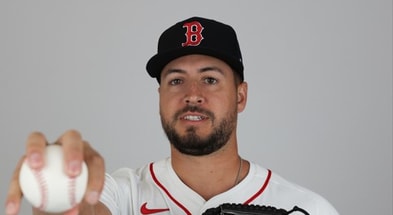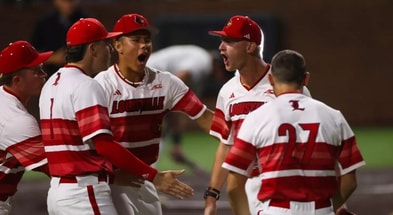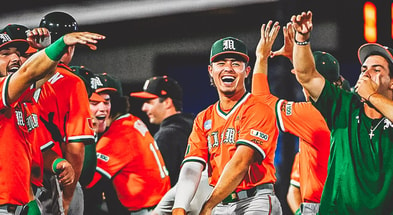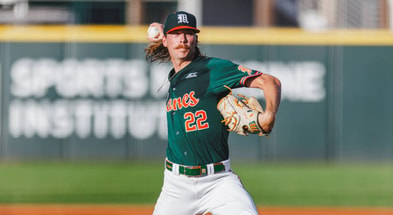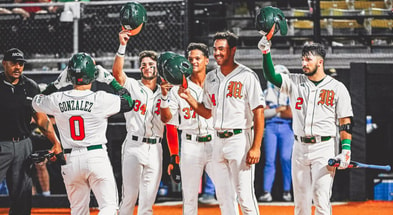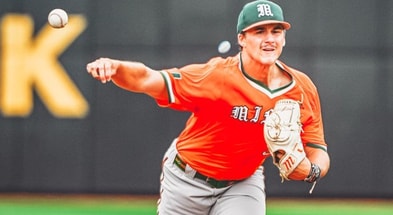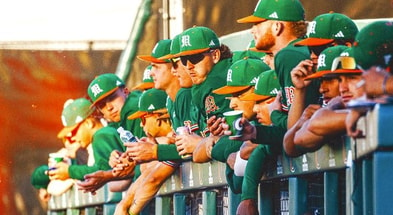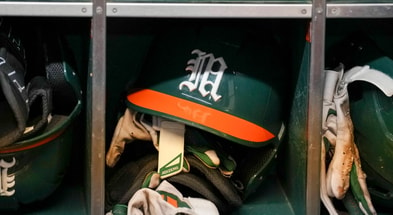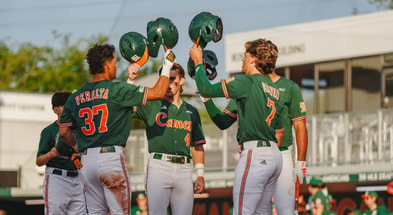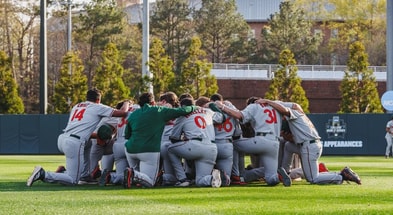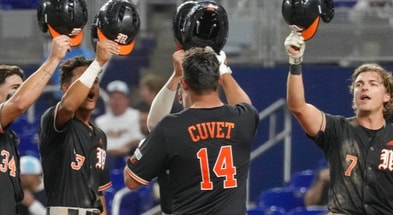Miami Hurricanes Baseball’s Financial Playbook: Arteaga Explains NIL Use, Scholarships, Tuition Challenges
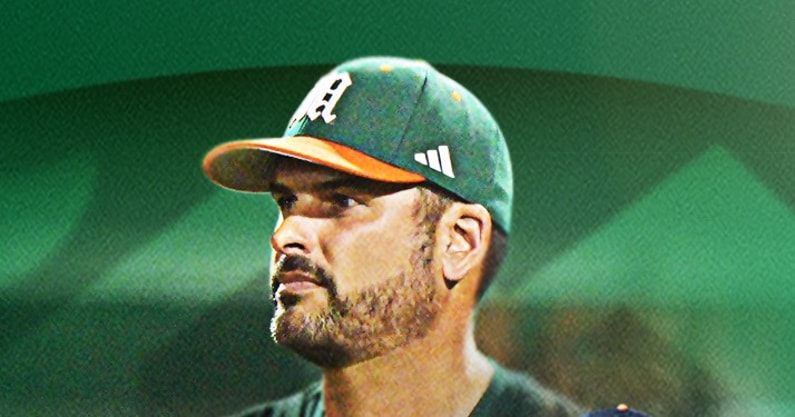
When Miami Hurricanes fans hear about NIL or the House settlement, they most likely think about its impact on the football team. But there are other sports at UM that need plenty of money, including basketball and baseball plus Olympic sports.
With the baseball season recently concluded with an oh-so-close run at Omaha, CaneSport caught up with J.D. Arteaga to discuss where things stand in this oh-so-important area.
From Rock Bottom to Oh-So-Close To Omaha: Miami Hurricane Baseball’s 2025 Resilience Story … What’s Next for Miami Hurricanes Baseball? Coach J.D. Arteaga Breaks Down 2026 Returners, Needs
It wasn’t in the too distant past that Arteaga bemoaned how the Miami baseball program was at a disadvantage financially because the pre-NIL system had scholarships divvied up among teams with a 50 percent baseball scholarship considered a lot. But when you take a 50 percent scholarship at a school vs. Miami vs. a state school like Florida, an in-state baseball player was paying tens of thousands of dollars less a year in UF vs. UM tuition for that same half scholarship.
NIL has, to some extent, balanced that out, although Miami still has to overpay to make up the difference between tuitions and living expenses at the different schools.
That’s because while the NCAA is allowing up to 34 scholarships for baseball programs, many programs are in the 20s because it’s cost prohibitive for departments to give that many scholarships. Miami, per Arteaga, has landed at 21 baseball scholarships for now. Again, any differences money-wise can be addressed through NIL.
“It definitely helps Miami for sure (with NIL available vs. the old system),” Arteaga said. “They [Miami administration] are raising us to 21 (scholarships), a lot better than the old 11.7. I’m not complaining. But it’s still going to be more expensive to come to Miami than anywhere else. Kids that live off campus, real estate getting a two-bedroom apartment in the Gables area is going to be a lot more expensive than getting that same apartment in Gainesville or Tallahassee or anywhere else. So it’s a factor, but I’m a big believer in you get what you pay for, and this place is special.”
With the ability to pay more via NIL if necessary to land a prospect, Arteaga sums up that finances at UM are “less of a problem now.”
Top 10
- 1New
Jim Harbaugh sued
Warde Manuel also named in lawsuit
- 2
Ty Simpson
'Coach Saban's not going to walk in'
- 3Hot
Top 25
EA Sports CFB 26 rankings
- 4
Big 12 Conference
Ends preseason media poll
- 5Trending
2025 MLB Mock Draft
New No. 1 overall, big shakeup
Get the On3 Top 10 to your inbox every morning
By clicking "Subscribe to Newsletter", I agree to On3's Privacy Notice, Terms, and use of my personal information described therein.
“The administration has helped out quite a bit, and if we can’t make up the difference in scholarship that’s where NIL comes in,” Arteaga said. “At other schools that NIL is going directly to a player’s pockets because they don’t have to pay (as much) for the school. That’s where the disadvantage always comes.”
The scholarship percentages aren’t always so obvious, either. For instance, former star Yohandy Morales had need-based aid at Miami and never was on a baseball scholarship. And current star Daniel Cuvet’s father works at UM, so that covers most of his tuition cost.
With that said, “If you have an absolute need for somebody, you have to overpay,” Arteaga says.
As it pertains to the House settlement, Arteaga said there’s no camping out in front of Athletic Director Dan Radakovich’s office asking for a decent piece of the pie for his players.
It’s a case of Arteaga trusting that the Miami administration will take care of baseball as it needs to.
“They decide, and I know football is king,” Arteaga said. “We’re able to charter and do a lot of things that we do because of football (money coming in), and I know that and it’s as it should be. Whatever they give us I have to go out and make up the difference (with fundraising for NIL, etc.), and whatever we have to do, we have to do it.”


